“I….can’t believe…I’m about to…kiss a comet!”
Humorous sentiments expressed by Sarcastic Philae on Twitter, but a statement that could not be closer to the truth and echoed by space scientists and the world alike. The European Space Agency successfully landed the Philae probe on the comet 67P/Churyumov-Gerasimenko on 12th November, achieving the breakthrough of the first ever landing of a probe on a comet. No mean feat, and a spectacular achievement after the 10-year long journey.
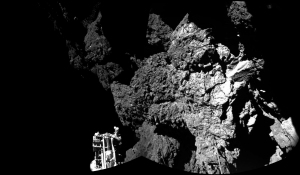
After a nail-biting seven hour wait from the point of release from the Rosetta Satellite, the Philae probe, the size of a washing machine, landed some way away from the proposed site. During its transit on the comet, the probe attempted to drill into the surface to obtain rock samples for analysis, in the hope that the data from the rock samples will add to the understanding of the formation of the Solar System and the evolution of life. Comets are fragments left over from the beginning of the Solar System and contain old organic molecules that could enhance our knowledge of this fascinating topic.
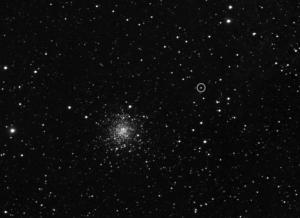
Photo: ESA Copyright: 2014 MPS for OSIRIS-Team MPS/UPD/LAM/IAA/SSO/INTA/UPM/DASP/IDA
Philae came away with more than just rock samples. A snippet of comet ‘song’ was also recorded by the probe, and can be heard on the ESA’s Soundcloud page:
https://soundcloud.com/esaops/a-singing-comet.
The ‘music’ made by the comet is actually the result of oscillations in the comet’s magnetic field, at 40-50 millihertz, which was then made audible by increasing the frequencies by a factor of 10,000.
Speculations about the song’s resemblance to pre-existing music are rife. Tim Edwards of Classic FM likens it to ‘Continuum for Harpsichord’ by 20th-century Hungarian composer Gyorgy Ligeti. Amanda Kooser of cnet.com is reminded of the terrifying Predator of movie fame. Personally, I think it sounds a bit like the first track, ‘One of These Days’, on Meddle by Pink Floyd. It’s all open to interpretation, so make of it what you will!
This nugget of cometary song has seriously got me thinking about the sampling of cosmic sounds in music. Musicians from all genres have been fascinated by and utilised sounds from outer space, which lend an other-worldly, ethereal quality to their compositions.
Both human voices in space and sounds from celestial bodies have been a source of fascination. From the human side, Daft Punk sampled a recording from the 1972 Apollo 17 lunar mission in the start of ‘Contact’, the last track of their 2013 album Random Access Memories. In the included extract, you can hear Captain Eugene Cernan making observations of what was thought to be a UFO, but later found to be a piece of rocket stage:
Cernan: “Hey Bob I’m looking at what Jack was talking about and it’s definitely not a particle that’s nearby. It is a bright object and it’s obviously rotating because it’s flashing, it’s way out in the distance, certainly rotating in a very rhythmic fashion because the flashes come around almost on time. As we look back at the earth it’s up at about 11 o’clock, about maybe ten or twelve diame…Earth diameters. I don’t know whether that does you any good, but there’s something out there.”
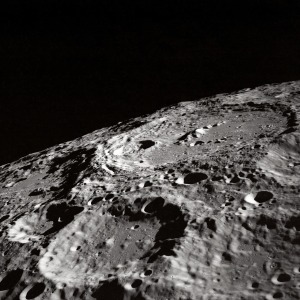
A dazzling example of cosmic sampling comes in the form of compilation album The Space Project. Released by Lefse Records earlier in 2014, this is a whole album of songs by 14 bands, based on sounds transmitted from NASA’s Voyager 1 and 2 space probes. Launched in 1977 to study the outer solar system, the probes picked up electromagnetic radiation fluctuations surrounding celestial bodies. Contributions by Youth Lagoon, Blues Control and Spiritualised to name but a few, based on sounds from Earth, Jupiter, Saturn, Neptune and Uranus feature in this.
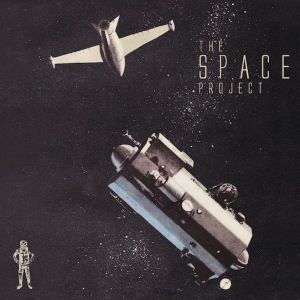
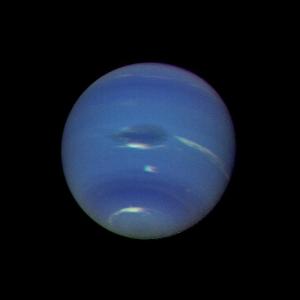
Courtesy of NASA/JPL
Echo Movement, the reggae-rock band from New Jersey, created an effervescent piece of starry spangle, by sampling sonified numerical data from two stars, using Nasa’s Kepler telescope in 2012. The Kepler telescope’s role is to search for habitable planets surrounding other stars. The Georgia Tech Sonification Lab, famous for turning all sorts of weird and wonderful data into sounds and music, extracted numerical data from binary stars Kepler 4665989 and Kepler 10291683.
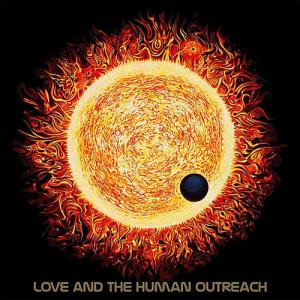
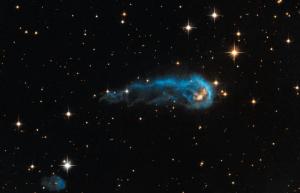
Courtesy: NASA/JPL-Caltech/ESA, the Hubble Heritage Team (STScI/AURA) and IPHAS
When Kepler 4665989’s neighbouring star crosses its path, it dims and brightens, in a system known as a binary star system. The values of brightening and dimming were recorded over a year and created a rhythmic sequence, the data of which was input into specialised software to create musical pitches. These sounds were then cleaned up and the band looped the sequence to create a four-part harmony. They added a tremolo effect from the numerical data generated from Kepler 10291683. This resulted in a six-second melody which was used in the introduction to their track ‘Love and the Human Outreach’ from their 2012 album of the same name, a sparkly delicate piece of stellar music.
I’ve only scratched the surface of what people have done to incorporate celestial sounds into their music. Equally as fascinating is the music that we have sent into space…
dazzling indeed
LikeLiked by 1 person